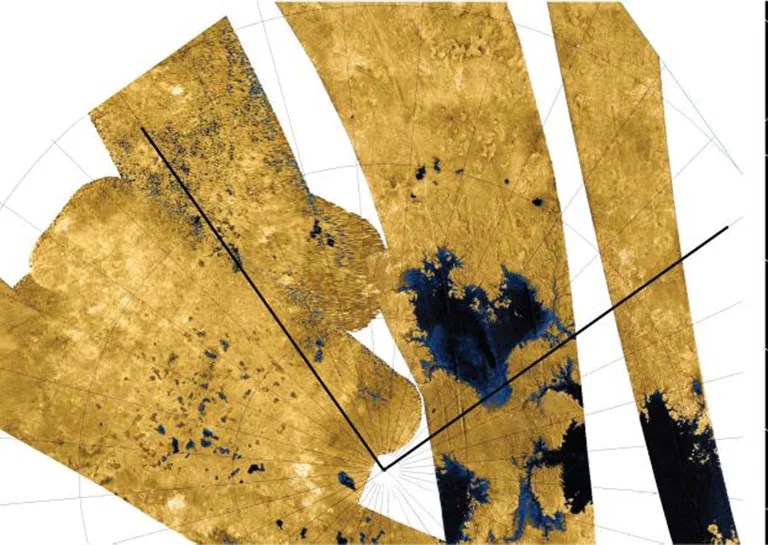1 min read

Are there waves on Titan’s lakes and seas? Our best chance of answering this question is with the May 23 flyby of Titan, when the Cassini spacecraft passed over the northern sea named Ligeia Mare. The altimetry data that was collected by the radar instrument could show whether the surface of that sea is thick like molasses or as thin as liquid water on earth.
In addition, radar looked for changes in small northern lakes last observed in the T-16 and T-19 flybys.
This flyby was a carefully planned sibling of the following flyby; the combination of the data from T-91 and T-92 will provide stereo views of the same geography, which will tell us about the depth of the lake walls.
Date
May 23, 2013
Altitude
603 miles (970 km)
Speed
13,000 mph (5.8 km/sec)







